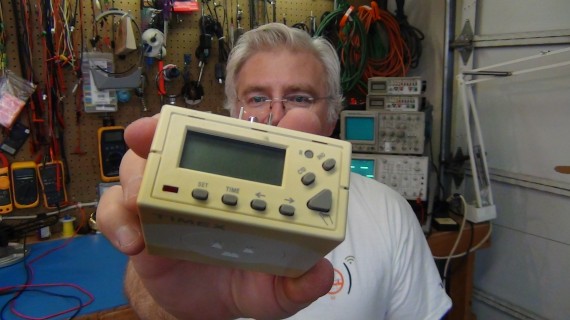In this video episode I show how to replace solder tab rechargeable batteries in some very useful consumer products that would otherwise end up in a landfill. I use more common and cheaper none solder tab reachable batteries and show how to safely and effectively solder on the tabs.
First up was the solder tab type AA 1.2v Ni-Cd in my beard trimmer. I know, not the most attractive thing a man wants to see in his bathroom.
Then my programmable Christmas tree light timer which needed a coin cell 1.2v Ni-MH with PCB mounting tabs.
I noted in the video that it was interesting they were powering the timer controller using a bridge rectified AC to DC converter. I was surprised to see this without the use of a step down transformer before the rectifier circuit. Further research, I found this is quite common in consumer products that require less than 70mA and it can be done safely and cost effectively. There are some pros and cons to this approach. If you want the full details with the math and picking the correct sized passive devices you can review this nice article at Microship.com. For the power conditioning circuit which is closes to what is in my timer see Fig.12 in the article.
In this video I motorize my SpokePOV testing rig but first I had to fix a salvaged AC motor and weld together a box to hold and mount the motor.
I’m in a pinch and need to convert 120v AC to 12v DC to cool an electric motor. Not having much for supplies on a Sunday I pulled out the whiteboard and my calculator to devise a quick hack to power my 12v DC fan from the 120v AC mains running the electric motor. I needed only three components to create my DC power supply: a light bulb (40W), capacitor (470uF 80v), diode (1N4004) but in the video I used a salvaged diode from an old microwave oven.
In this video I share this simple hack and go into the math just enough so others can calculate the correct size light bulb for such a DC power supply hack if ever needed.





